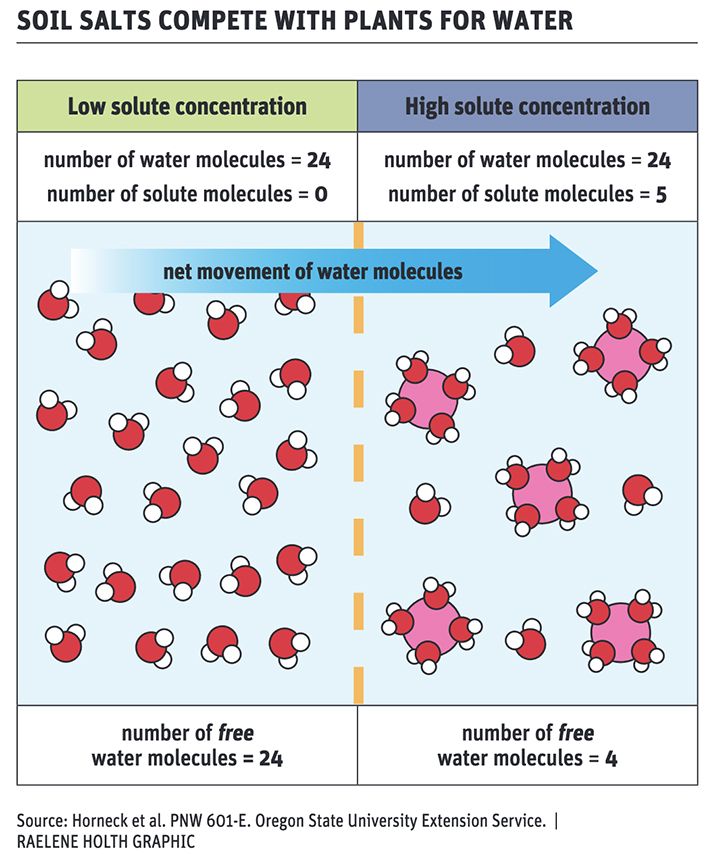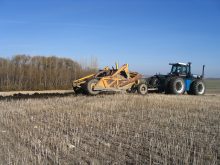Salt follows water wherever water goes, so understanding the water table and flows is critical to not-salty solutions
In severe situations, saline soils can cause in-soil working tools to rust. It’s not the biggest salinity cost, but it demonstrates the impact salt has on roots.
That’s how Alan Blaylock began his presentation Soil Salinity and Sodicity during the Nutrien eKonomics event Oct. 15.
Blaylock pointed out that soils with excessive total salts and those with high exchangeable sodium present the most difficult problems to manage.
Sodicity is the presence of a high proportion of sodium ions. Sodicity occurs when sodium salts leach through the soil and some sodium remains bound to clay particles, thus displacing other cations. Soils are considered sodic when the amount of sodium impacts soil structure.

“First we have to identify the specific problem. There are many different types of salinity, and they must be treated as such. We can make a bad problem worse if we do the wrong thing,” said Blaylock, a senior agronomist at Nutrien. Blaylock’s work has taken him to salty fields across North America, including Manitoba, Saskatchewan and Alberta.
Blaylock said the basic rule to remember when analyzing any salinity or sodicity problem is that salt goes wherever water goes. Virtually all saline situations can be understood by understanding the water table.
Blaylock whittles the causal factors down to seven points:
- pH indicates mineral solubility and may indicate high sodium
- electrical conductivity, or EC
- exchangeable sodium percentage indicates the sodium hazard
- cation exchange capacity and total exchangeable cations to calculate exchangeable sodium percentage
- exchangeable cations (Ca, Mg and Na) used to calculate ESP.
- Toxic elements such as boron or chloride
- Miscellaneous — lime, bicarbonate/carbonate, sulfate, nitrate
“These are the significant factors we’re looking for. Some of these may be included in your basic soil analysis but in all likelihood, you’ll have to request them. Most labs in the western part of the continent know how to do this saturated paste test.”

The saturated paste extract is a water-soluble test to determine what nutrients are soluble in the soil solution, including high sodium levels, salt levels and solubility of calcium. Blaylock said there’s a new interpretation of the traditional EC (ds/m) criteria for salinity.

“Many older publications list the EC threshold as 4. I’ve modified that and brought the EC threshold down to 2. But new research shows that crop damage can occur well below an EC of 4.
“We have to accept that there is no chemical solution or soil amendment to neutralize or remove these salts. In some cases you might change crops to something that’s a little bit more salt tolerant, but the only real solution is to get salt away from the root zone. The source of these salts is typically a perched water table, so we need good drainage to solve the problem.”
To view the webinar, Soil Salinity and Sodicity, as well as others visit nutrien-ekonomics.com.


















